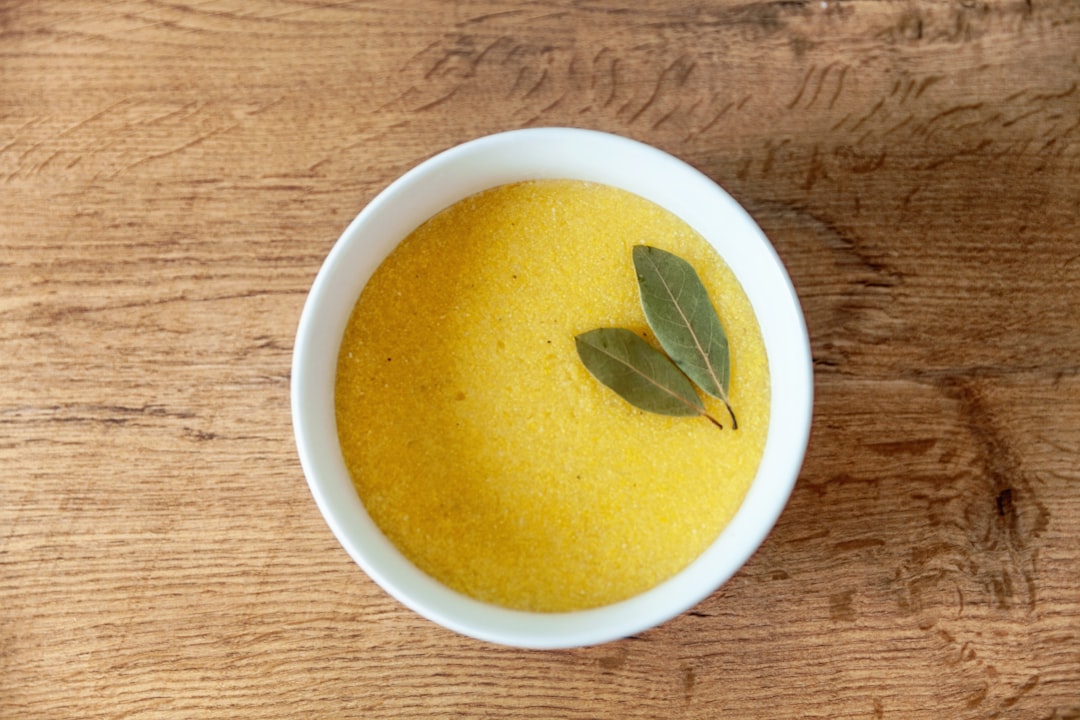What is it about?
Plant-derived bioactive peptides demonstrate great potential given their availability and cost-effectiveness. In this study, barley (Hordeum vulgare L.) grain proteins were explored for bioactive peptides with potential health applications. Gross grain proteins were obtained through aqueous extraction, after which, trypsin hydrolysis was performed. The hydrolysis process provided high peptide yields reaching 11%. The peptide hydrolysates were evaluated for their antioxidant and metal chelating activities, DPP4 inhibition, deglycation, and antimicrobial activity. The obtained results demonstrated biological activity levels of great importance and comparable to reference molecules. To confirm the experimental results, barley grain protein sequences were simulated for hydrolysis and explored for potential bioactive peptides using the FeptideDB. Indeed, barley grain proteins contain a great diversity of bioactive peptides with various biological activities. The current data highlights the promising therapeutic application of barley-derived bioactive peptides. Further molecular and sequencing approaches are necessary to identify and characterize these peptides.
Featured Image

Photo by Isak Engström on Unsplash
Why is it important?
Our article shows the potential of bioactive peptides from barley protein hydrolysate according to the different biological activities.
Perspectives
This article can provides scientist to investigate various bioactive peptides from different sources. Also, it is remarkable study that shows the way for obtaining these kind of biological molecule.
Kerem TOK
Ege university, Izmir, Turkey
Read the Original
This page is a summary of: Bioactive peptides with multiple activities extracted from Barley (
Hordeum vulgare
L.) grain protein hydrolysates: Biochemical analysis and computational identification, Journal of Food Processing and Preservation, November 2020, Wiley,
DOI: 10.1111/jfpp.15024.
You can read the full text:
Resources
Contributors
The following have contributed to this page










